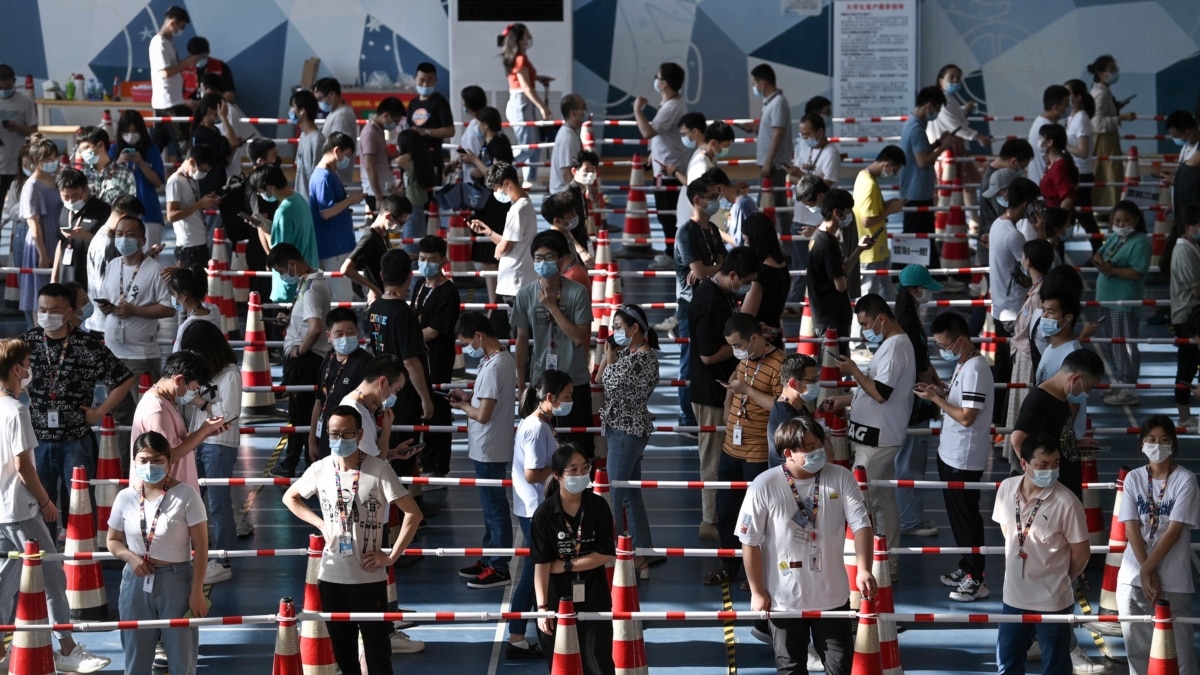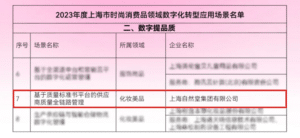Three-year epidemic prevention costs are high, local governments in China are financially tight

Although China has abandoned the new crown eradication policy, the accumulated economic costs of large-scale epidemic prevention and control over the past three years have shaken the financial foundation of local governments. Experts say the fiscal burden will affect the government’s ability to provide public services and drag on China’s economic recovery.
Local governments across China have successively announced policy goals and budget plans for 2023 ahead of the central government’s national legislative meeting in March. economic pressure.
The cost of epidemic prevention for three years is high
According to Chinese media Caixin, finance at all levels in Guangdong Province has invested a total of 146.793 billion yuan in the past three years for epidemic prevention and control. In the past three years, the expenditure related to the epidemic has increased by about 50% compared with the previous year, and this figure reached the highest value of 71.139 billion yuan last year. Guangdong is the province with the largest economic aggregate in China.
Other major provinces and cities in China are also facing sharp spikes in COVID-19 spending. According to a CNN report, the Chinese capital, Beijing, spent nearly 30 billion yuan on the prevention and control of the new crown last year, an increase of 140% over 2020; %.
For nearly three years, Chinese local governments have borne the brunt of implementing the central government’s strict COVID-19 eradication policy. They have to pay for large-scale, normalized new crown accounting tests, and they are also responsible for mandatory isolation and other epidemic-related expenses.
However, local governments face a sharp contraction in revenue compared to rising spending. The epidemic has led to sluggish economic growth, the crisis in the real estate industry has caused a sharp drop in land sales revenue, and some places have also given companies tax cuts to help them cope with the economic slowdown.
Craig Singleton (Craig Singleton), a China expert at the think tank Foundation for Democracy, believes that the high cost of maintaining the new crown zero policy has brought damage to the Chinese economy and thrown China’s public finances into chaos.
Singleton told VOA: “Surging local debt poses a serious threat to China’s economic health and increases the risk of local government default. These debts squeeze the government’s ability to stimulate growth, stabilize employment and expand public services. “
Issuing bonds to stimulate the economy
Chinese officials have refocused on economic growth after the liberalization of anti-epidemic policies, and local governments are seeking more financial support for economic stimulus policies by issuing bonds, which may lead to further deterioration of local fiscal conditions.
China’s gross domestic product (GDP) grew 3 percent last year, below the government’s 5.5 percent target. Chinese officials are pinning their hopes on a rebound in the economy this year, with some experts predicting that the country’s economic growth target for this year will be set at around 5%.
Sheana Yue (Sheana Yue), a China economics researcher at Capital Economics, a London-based economic research institution, believes that reopening is not enough to support economic recovery, and China will adopt proactive fiscal policies to support growth.
Xie Na Yue told VOA: “Officials may rely on the old growth model of real estate and infrastructure to prop up the economy. There are already signs that fiscal policy will be more supportive this year.”
Citing sources familiar with the matter, Bloomberg reported that Chinese authorities are discussing a quota of up to 3.8 trillion yuan in special local government bonds. In order to stabilize growth, 18 local governments have indicated that they will issue new bonds totaling more than 1 trillion yuan in the first quarter of this year.
Economists have warned that China’s local governments face a large debt service burden and declining debt sustainability.
The Institute of Finance and Taxation of Renmin University of China recently issued a report warning that the growth rate of the debt scale of various provinces in China last year significantly exceeded the growth rate of GDP and fiscal revenue; trillion yuan.
Weak local finances are weighing on China’s overall fiscal situation. According to data from the National Bureau of Statistics, in the first 11 months of last year, the national general public budget expenditure exceeded revenue by more than 4 trillion yuan. Taxes related to land and real estate fell by 23.8% year-on-year, while health care expenditures increased by 15.3% year-on-year.
Bloomberg reported that Chinese officials are considering setting a deficit target of around 3 percent of GDP this year, which would be higher than last year’s target of 2.8 percent but smaller than the 2020 target of 3.6 percent.
Moody’s Investors Service recently forecast that China’s economic growth will rise to 4% in 2023, but at the cost of tighter fiscal conditions for local governments.
“China’s local economy faces a negative credit profile in 2023, with land sales revenues remaining weak, fiscal deficits persistently high, and direct and contingent liabilities rising,” Moody’s wrote in a report.
Fiscal deterioration or social consequences
The deterioration of local governments’ fiscal situation will not only damage economic growth, but may further affect social stability.
Recently, the China Medical Insurance Bureau failed to include Paxlovid, which is regarded as a special drug for the new crown, into the medical insurance due to price reasons, which has aroused doubts from a large number of Chinese people. Some residents criticized the three-year zero-new crown policy for causing financial deficits.
Wen Guanzhong, an emeritus professor of economics at Trinity College, told VOA: “At that time (China) insisted on nucleic acid testing and antigen detection, and then built square cabins and forced isolation. , all of which require huge manpower and material resources, so the funds have been exhausted.”
Due to financial constraints, some local governments have delayed or suspended payments to new crown testers and other service providers, and wage arrears have led to social protests and conflicts.
Voice of America reported this month that as many as 20,000 temporary workers at the Zhongyuan Huiji Pharmaceutical Factory, a manufacturer of COVID-19 antigen reagents in Chongqing, protested in the factory, demanding the return of wage arrears, sparking massive bloodshed.
Another report said that Guangzhou City planned to reduce the medical insurance benefits of retirees on the grounds of financial constraints, which led to a large number of retirees going to the Human Resources and Social Security Bureau to demonstrate and express their dissatisfaction.
Local governments will pay more maturing debt in the coming months, heralding more fiscal pain. Reuters reported that many local governments have taken wage cuts, layoffs, reduced subsidies and even imposed disproportionately high fines to address the funding shortfall.
Bruce Pang, Chief Economist for Greater China at JLL, told VOA: “If China’s policymakers seek to normalize macroeconomic policy at a gradual and prudent pace, they will need to continue to combat rising debt and asset bubbles to ensure a self-sustaining post-pandemic economic recovery without overheating and financial risks.”







